Abstract
Summary of Literature Review
Spondylolisthesis is one of the common spinal disorders that can create significant problems for the patients and spine surgeons, but there have been confusion of natural history and treatment strategies. It can be attributed to the absence of etiology-based classification system for individual patient prognosis and treatment decision.
REFERENCES
1.DeWald R. Spondylolisthesis. Bridwell K, DeWald R, editors. The Textbook of Spinal Surgery. 2nd ed.Philadelphia: Lippincott-Raven;1997. p. 1201–10.
2.Wiltse LL., Newman PH., Macnab I. Classification of spondylolisis and spondylolisthesis. Clin Orthop Relat Res. 1976. 23–9.

3.Marchetti P., Bartolozzi P. Classification of spondylolisthesis as a guideline for treatment. Bridwell K, DeWald R, editors. The Textbook of Spinal Surgery. 2nd ed.Philadelphia: Lippincott-Raven;1997. p. 1211–54.
4.Hammerberg KW. New concepts on the pathogenesis and classification of spondylolisthesis. Spine (Phila Pa 1976). 2005. 30:S4–11.

5.Hensinger RN. Spondylolysis and spondylolisthesis in children and adolescents. J Bone Joint Surg Am. 1989. 71:1098–107.

6.Mardjetko S., Albert T., Andersson G, et al. Spine/SRS spondylolisthesis summary statement. Spine (Phila Pa 1976). 2005. 30:S3.

7.Ikata T., Miyake R., Katoh S, et al. Pathogenesis of sports-related spondylolisthesis in adolescents. Radiographic and magnetic resonance imaging study. Am J Sports Med. 1996. 24:94–8.
8.Kajiura K., Katoh S., Sairyo K, et al. Slippage mechanism of pediatric spondylolysis: biomechanical study using immature calf spines. Spine (Phila Pa 1976). 2001. 26:2208–12. discussion 12-3.
9.Yue WM., Brodner W., Gaines RW. Abnormal spinal anatomy in 27 cases of surgically corrected spondyloptosis: proximal sacral endplate damage as a possible cause of spondyloptosis. Spine (Phila Pa 1976). 2005. 30:S22–6.
10.Lauerman WC., Cain JE. Isthmic Spondylolisthesis in the Adult. J Am Acad Orthop Surg. 1996. 4:201–8.

11.Beutler WJ., Fredrickson BE., Murtland A, et al. The natural history of spondylolysis and spondylolisthesis: 45-year follow-up evaluation. Spine (Phila Pa 1976). 2003. 28:1027–35. discussion 35.
12.Fredrickson BE., Baker D., McHolick WJ, et al. The natural history of spondylolysis and spondylolisthesis. J Bone Joint Surg Am. 1984. 66:699–707.

13.Saraste H. Long-term clinical and radiological follow-up of spondylolysis and spondylolisthesis. J Pediatr Orthop. 1987. 7:631–8.

14.Floman Y. Progression of lumbosacral isthmic spondylo-listhesis in adults. Spine (Phila Pa 1976). 2000. 25:342–7.

15.Szypryt EP., Twining P., Mulholland RC, et al. The prevalence of disc degeneration associated with neural arch defects of the lumbar spine assessed by magnetic resonance imaging. Spine (Phila Pa 1976). 1989. 14:977–81.

16.Virta L., Ronnemaa T., Osterman K, et al. Prevalence of isthmic lumbar spondylolisthesis in middle-aged subjects from eastern and western Finland. J Clin Epidemiol. 1992. 45:917–22.

17.Seitsalo S., Osterman K., Hyvarinen H, et al. Progression of spondylolisthesis in children and adolescents. A long-term follow-up of 272 patients. Spine (Phila Pa 1976). 1991. 16:417–21.
19.Davis IS., Bailey RW. Spondylolisthesis: indications for lumbar nerve root decompression and operative technique. Clin Orthop Relat Res. 1976. 129–34.
20.DeWald CJ., Vartabedian JE., Rodts MF, et al. Evaluation and management of high-grade spondylolisthesis in adults. Spine (Phila Pa 1976). 2005. 30:S49–59.

21.Frennered AK., Danielson BI., Nachemson AL. Natural history of symptomatic isthmic low-grade spondylolisthesis in children and adolescents: a seven-year follow-up study. J Pediatr Orthop. 1991. 11:209–13.
22.Lonstein JE. Spondylolisthesis in children. Cause, natural history, and management. Spine (Phila Pa 1976). 1999. 24:2640–8.
23.Anderson K., Sarwark JF., Conway JJ, et al. Quantitative assessment with SPECT imaging of stress injuries of the pars interarticularis and response to bracing. J Pediatr Orthop. 2000. 20:28–33.

24.Boxall D., Bradford DS., Winter RB, et al. Management of severe spondylolisthesis in children and adolescents. J Bone Joint Surg Am. 1979. 61:479–95.

25.Antoniades SB., Hammerberg KW., DeWald RL. Sagittal plane configuration of the sacrum in spondylolisthesis. Spine (Phila Pa 1976). 2000. 25:1085–91.

26.Hresko MT., Hirschfeld R., Buerk AA, et al. The effect of reduction and instrumentation of spondylolisthesis on spinopelvic sagittal alignment. J Pediatr Orthop. 2009. 29:157–62.

27.Labelle HMD., Roussouly PMD., Berthonnaud EP, et al. The importance of spinopelvic balance in L5-s1 developmental spondylolisthesis: a review of pertinent radiologic measurements. Spine (Phila Pa 1976). 2005. 30:S27–34.
28.Lindholm TS., Ragni P., Ylikoski M, et al. Lumbar isthmic spondylolisthesis in children and adolescents. Radiologic evaluation and results of operative treatment. Spine (Phila Pa 1976). 1990. 15:1350–5.
Fig. 3.
MRI sagittal view of high dysplastic spondylolisthesis in a 16-year-old girl. Note the trapezoidal L5 and rounding of S1 upper end plate

Fig. 5.
Low dysplastic spondylolisthesis in 42-year-old man. Note the spur formation on the anterior aspect of S1.

Fig. 6.
Postsurgical spondylolisthesis. A 62-year-old woman had laminectomy on L4-5 2 years ago. Spondylolisthesis of L4 on L5 has been developed. Pre-laminectomy (A, B) and follow-up (C, D) AP and lateral views.

Fig. 7.
Low dysplastic spondylolisthesis in 66-year-old man. Note marked narrowing of disc space with foraminal stenosis at L4-5 level.

Table 1.
Wiltse classification
Table 2.
Marchetti and Bartolozzi classification




 PDF
PDF ePub
ePub Citation
Citation Print
Print


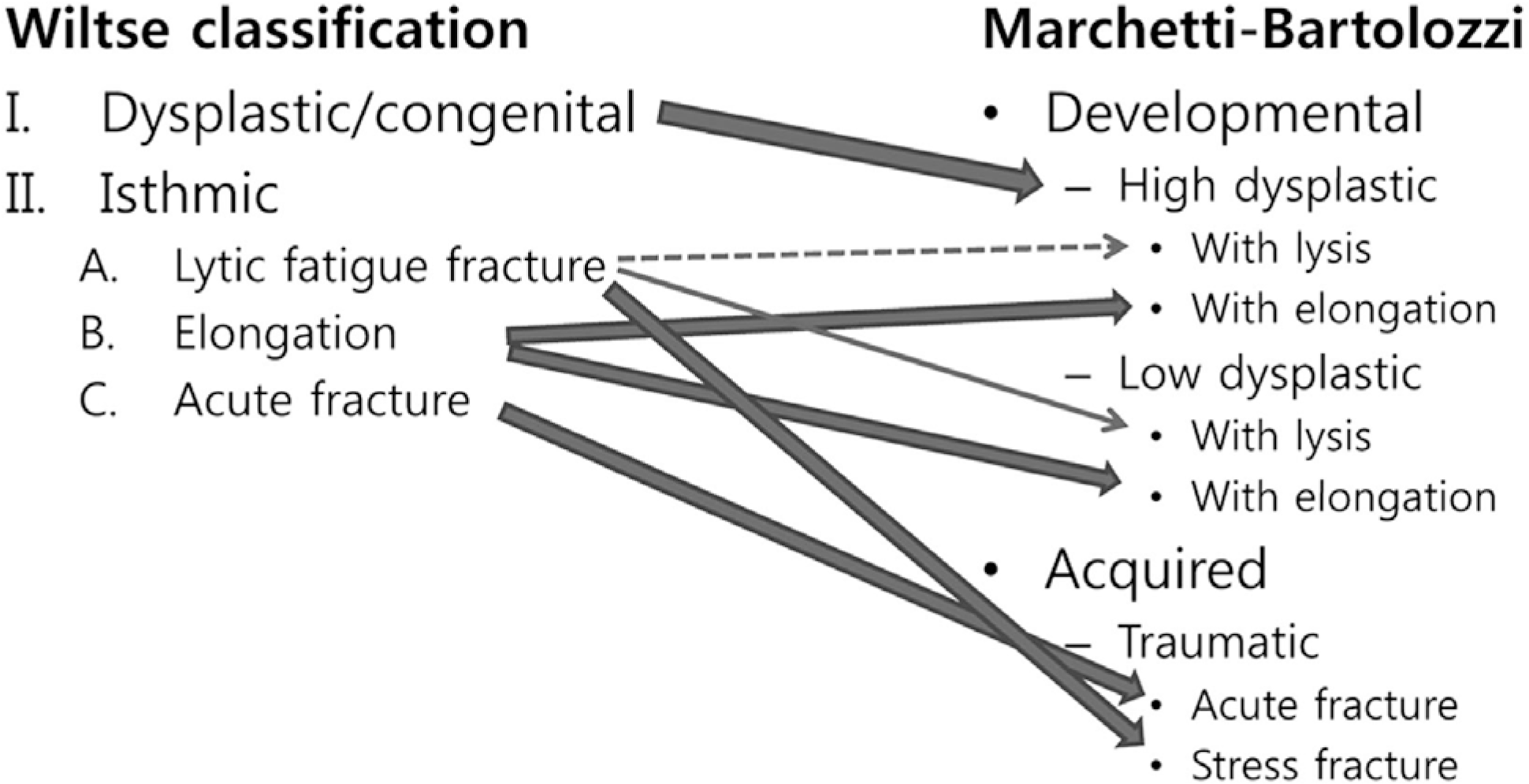
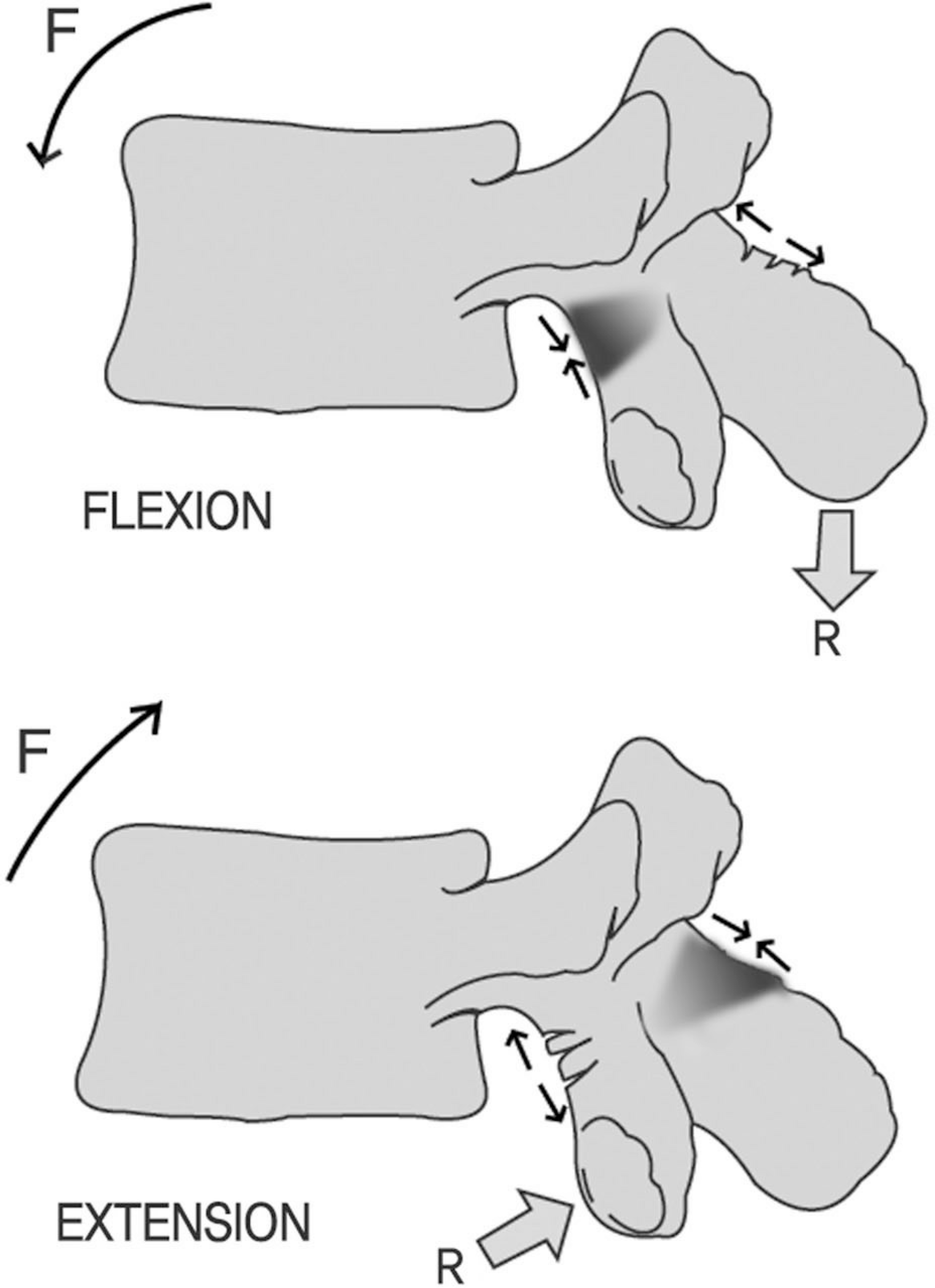

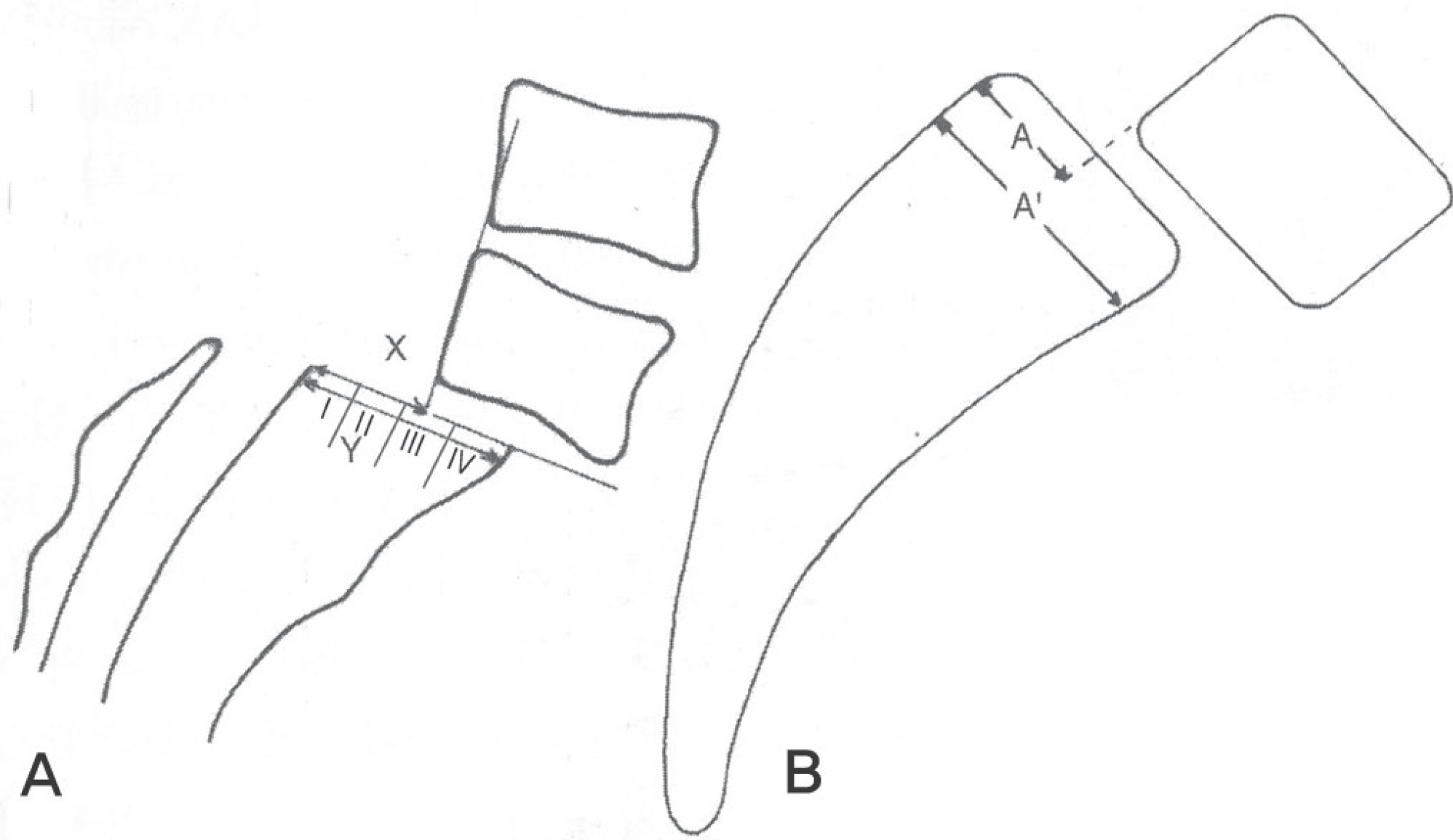
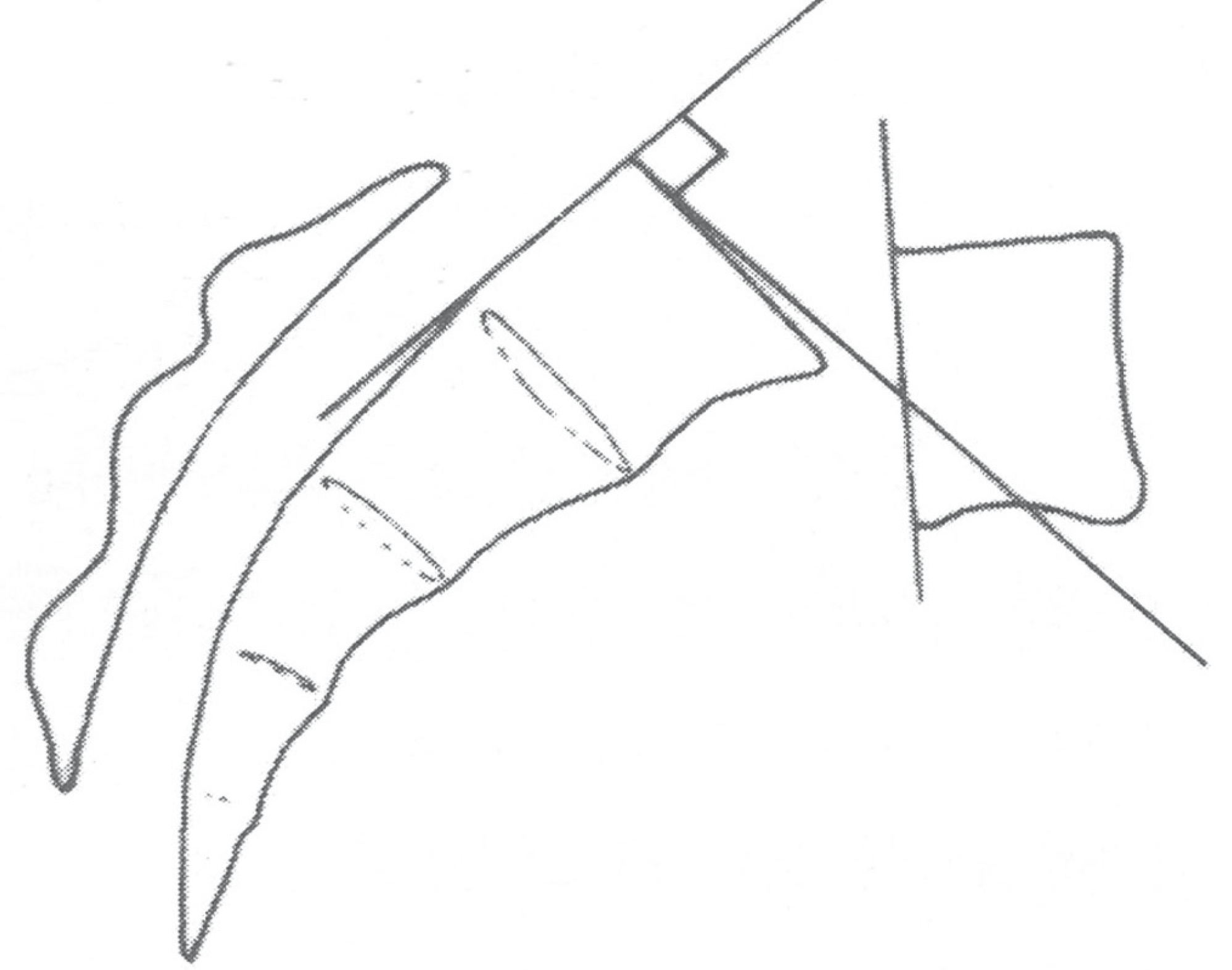
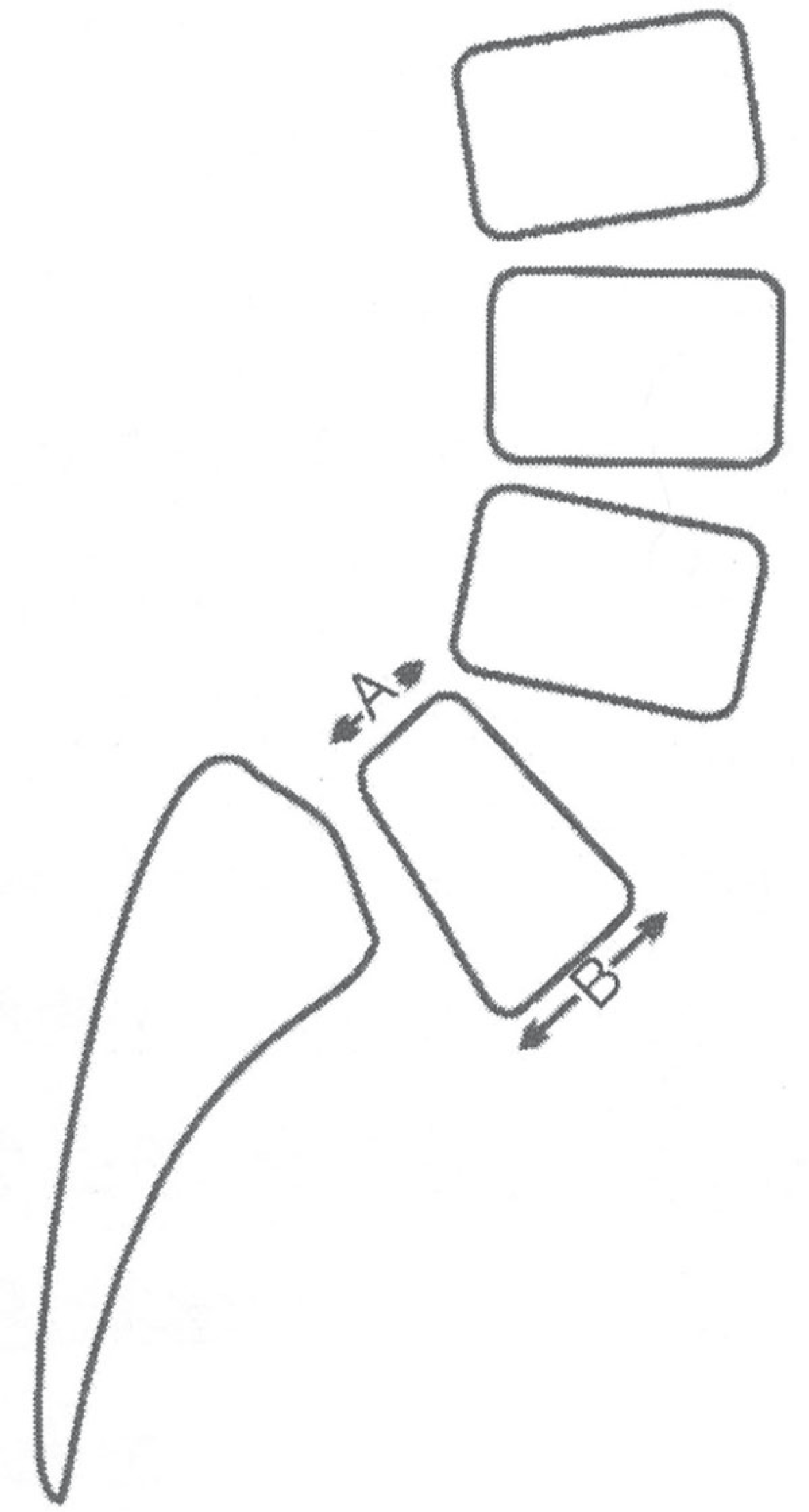
 XML Download
XML Download